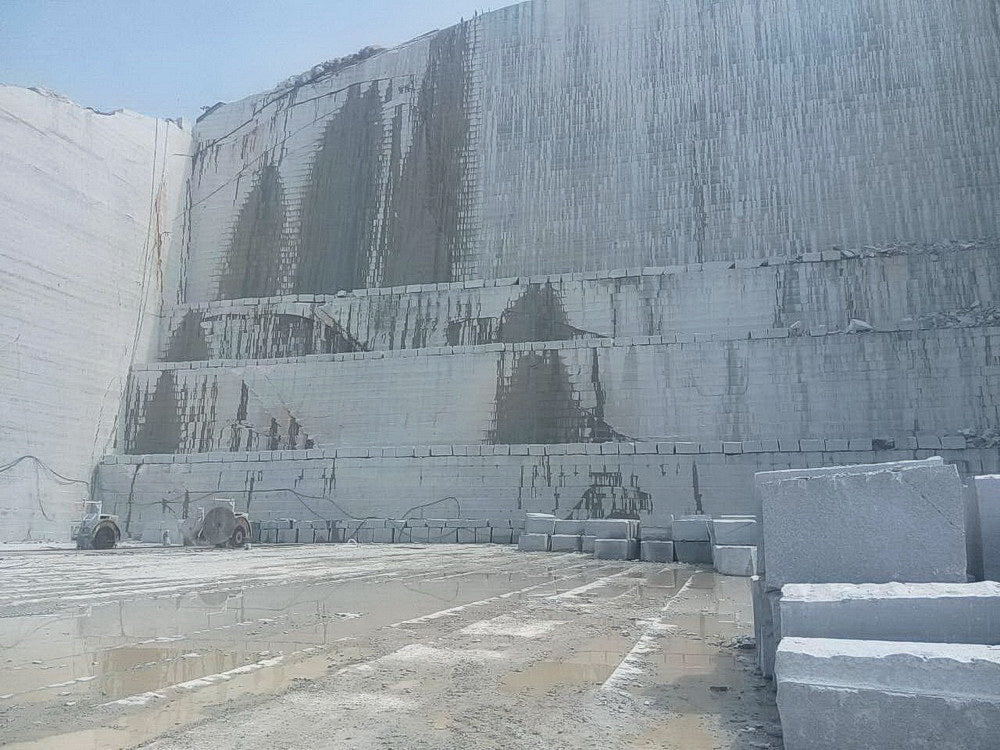Opening All-natural Treasures: Granite Quarries in South Africa Revealed
Opening All-natural Treasures: Granite Quarries in South Africa Revealed
Blog Article
Discovering the Rich History and Lasting Practices of Granite Quarrying
As we base on the precipice of uncovering the detailed tapestry of granite quarrying, a trip through time discloses not just the physical act of extracting stone but additionally the cultural and historic relevance woven into the really fabric of this practice. From the old beginnings that laid the foundation for contemporary quarrying strategies to the lasting practices that are forming the future of this market, each carve mark on granite surfaces narrates waiting to be unearthed (granite quarries in south africa). The legacy of granite quarrying stretches far beyond simple removal; it is a testament to human resourcefulness, strength, and the long-lasting attraction of this magnificent stone
Ancient Origins of Granite Quarrying
Dating back to ancient human beings, the practice of quarrying granite has been an essential component of human background and architectural advancement. The earliest evidence of granite quarrying go back to ancient Egypt, where large pyramids and complex sculptures were crafted from this resilient stone. The Egyptians utilized primitive tools to extract granite blocks from quarries, showcasing the significance of this product in their significant building and constructions.
Moving on in background, the Greeks additionally made significant payments to the quarrying of granite. The Greeks used granite in various building wonders, such as holy places and statuaries, demonstrating their skill in shaping and carving this durable rock. The Romans better fine-tuned the methods of quarrying granite, employing innovative devices like blades and hammers to essence and shape granite for their legendary frameworks.
Through the centuries, the technique of quarrying granite has actually progressed, with contemporary technologies improving performance while keeping the ageless appeal of this all-natural stone - granite quarries in south africa. From old worlds to contemporary contractors, the tradition of granite quarrying remains to shape our globe
Advancement of Quarrying Methods
The development of quarrying techniques has actually been marked by a continual progression in the direction of better effectiveness and accuracy in drawing out granite. From the rudimentary techniques used by our ancestors to the innovative innovations made use of in modern-day quarrying procedures, the market has undergone considerable advancements. Early quarrying techniques involved manual work with fundamental devices such as blades, hammers, and wedges to draw out granite blocks from the earth. As people progressed, methods like fire-setting and primitive nitroglycerins were presented to assist in the extraction procedure.
In more current times, the introduction of equipment transformed the quarrying sector, allowing quicker extraction prices and enhanced efficiency. Technologies such as diamond wire saws, high-pressure water jets, and pneumatic drills have come to be conventional in modern-day quarries, permitting accurate cutting and lowered waste. Additionally, improvements in computer-controlled devices and 3D modeling have maximized quarrying procedures, causing marginal environmental impact and boosted sustainability practices. As the need for granite remains to increase, the evolution of quarrying techniques stays indispensable to conference sector requires effectively and sustainably.
Cultural Significance of Granite
Granite holds a profound social relevance throughout different civilizations due to its enduring existence in architectural masterpieces and prized monoliths. The cultural value of granite expands beyond its physical characteristics; it personifies durability, stability, and eternity, making it a sign of withstanding traditions and traditions.

Sustainable Practices in Quarrying
Amidst the rich background of granite quarrying and its cultural value exists a growing focus on lasting techniques within the market. As environmental understanding and worries concerning resource deficiency have actually heightened around the world, the quarrying market has actually significantly welcomed lasting techniques to decrease its influence on the setting and surrounding neighborhoods.

Additionally, recovery and recovery of quarry sites post-extraction are integral to sustainable methods. By recovering quarried locations to an all-natural or beneficial state, such as producing wild animals environments or recreational spaces, quarriers can offset the environmental impact of their operations and contribute positively to the regional community.
Legacy of Granite Quarrying
With a historic backdrop steeped in workmanship and industrial development, what withstanding influence has granite quarrying left on the landscape of contemporary society? The legacy of granite quarrying goes beyond plain extraction practices; it has formed building marvels, city landscapes, and social heritage worldwide. The long lasting nature of granite has actually made it a preferred option for monoliths, structures, and infrastructure, standing as a testimony to the ability and artistry of quarry workers across generations.
Additionally, the economic footprint of granite quarrying can not be overlooked. The market proceeds to provide employment possibility and drive local economic situations in regions where granite removal prevails. It has also spurred technological improvements in quarrying techniques and devices, causing a lot more efficient and sustainable practices.
In regards to sustainability, the heritage of granite quarrying includes initiatives to reduce environmental impacts through improvement jobs and responsible resource monitoring. By balancing economic rate of interests with ecological stewardship, the industry strives to guarantee that future generations can remain to take advantage of this enduring natural resource.
Final Thought

Report this page